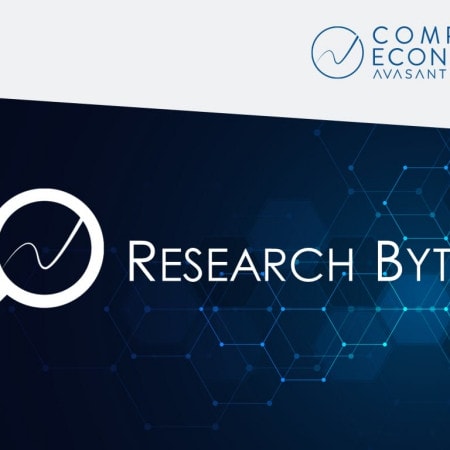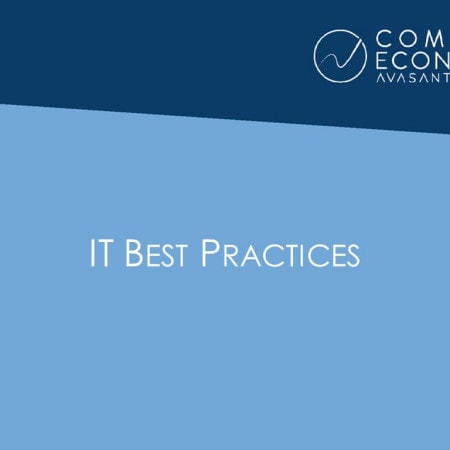-

Malicious Code Attacks Had $13.2 Billion Economic Impact in 2001
Malicious code attacks continued to have significant economic impact during 2001. The following figures show the Computer Economics analysis of the worldwide economic impact of malicious code attacks. Data is provided by year and for specific high profile incidents.
September, 2002
-

Online Security: Private Sector Lags Behind Public (Jun 2001)
Everyone has seen the weekly headlines about Internet security breaches, attacks on websites, and information pilfering. Many companies discount the risk of such activities, assuming either that they are adequately protected, or that the attackers themselves simply lack any reason to target them. Neither assumption is a safe one, and the federal government may be ahead of the private sector in figuring this out.
September, 2002
-

Cyber-Law Helps and Hinders E-Commerce (Dec 2001)
Legal actions of the U.S. government, along with those of the various states, have begun to affect e-commerce, and these effects will grow in the near future as the legal status of e-commerce becomes better defined. International laws, as well, will influence how e-merchants conduct their businesses and will limit their activities.
September, 2002
-

Return on Investment for Virus Protection
The article provides estimated cost for managing an in-house antivirus protection program by the number of PCs in an organization and the expense avoided by having such protection in place.
September, 2002
-

E-Insurance to Help Cover the Cost of E-Attacks
A new survey reveals many of the nation's largest organizations are not prepared to handle e-commerce and e-communication risks. From dot-com companies to brick-and-mortar businesses using the Internet to dispense information or sell products, few organizations have implemented the type of comprehensive e-risk management program that can limit electronic exposures and reduce e-liability.
August, 2002
-

Public Key Encryption Gains as RSA Algorithm Enters the Public Domain
Public key encryption infrastructure (PKI) pervades the use of the Internet and e-commerce. This technology is the basis for protection of the Webâs Secure Sockets Layer (SSL), digital certification, email encryption,
August, 2002
-

Anti-Virus Protection Not Used by PC Owners
Almost a quarter of home and office PC users running anti-virus software don't update it regularly, leaving themselves vulnerable to newly minted viruses, according to a June 2000 survey conducted by Central Command, a supplier of anti-virus software. This high awareness of computer viruses following outbreaks of the Chernobyl and Melissa virus and the LoveLetter worm (which disabled millions of PCs around the world) have obviously not translated into safer computing practices. The survey was the largest ever conducted on the topic and was emailed to nearly half a million PC users. It had 54,091 responses--a 16% response rate.
August, 2002
-

Apply Countermeasures to Protect IT Security Now (August 2002)
Many IT managers worry about the vulnerability of their systems, but their attempts to improve protection are often hampered by budgetary and administrative concerns. Any security measure will inconvenience users and the organization to some degree. Past ineffectiveness of protective applications often results in a cynical user community and a hard sell to management when attempts are made to add new security protection.
August, 2002
-

Security Management Update
The importance of managing information systems as well as corporate security has been highlighted by the terrorist attacks of 2001. Computer Economics has been consistently reporting on significant research on security management and the perspectives of managers, security professionals, and consumers on security issues. The following studies and events have occurred over the last few months.
April, 2002
-

Financial Impact and Background Information on Distributed Denial of Service Attacks
In early February 2000, seven top e-commerce websites in the private sector were attacked by distributed denial of service (DDoS) intrusions, resulting in a $10.6 million loss in unrealized revenues from sales and advertising. From our analysis of Securities and Exchange Commission (SEC) filings and Media Metrix data, we estimate that in a reporting quarter, there are 75 high-volume days. We estimate that DDoS attacks cost the e-commerce sites 24 hours worth of high-volume revenues.
March, 2002
-

How to Report Internet and Computer-Related Crimes (Jul 2000)
Internet and computer-related crimes should be reported to appropriate law enforcement investigative authorities at the local, state, federal, or international level.
March, 2002
-

Biometric Security Moves Into the Real World
No system administrator wants to admit the vulnerability of IT systems protected merely by passwords. The need to protect valuable, proprietary information systems against unauthorized access is encouraging a number of organizations to introduce biometric security measures. This short report outlines six types of biometric security systems. (3 pp, 2 figs.)
March, 2002
-

Internet Security Rises to No. 2 Concern in Annual Pinkerton Study (Sep 2000)
Workplace violence is considered the most significant security threat to American business, according to a seventh annual Pinkerton survey completed by 286 corporate security professionals. The second most important security concern identified by the survey is the potential threat to Internet sites and computer networks. This concern jumped to second place this year from seventh last year. The study "Top Security Threats and Security Issues Facing Corporate America" was completed in May 2000 and identified the following top 10 security threats.
March, 2002
-

Build a Security Conscious Organization
Based on Computer Economics projections, computer crime will grow by an estimated 230 percent during 2001. Similar trends are expected with Internet fraud. All IT managers would agree that securing their IT resources is a necessity, but many are not willing to commit to the continual effort required.
February, 2002

 Grid View
Grid View List View
List View